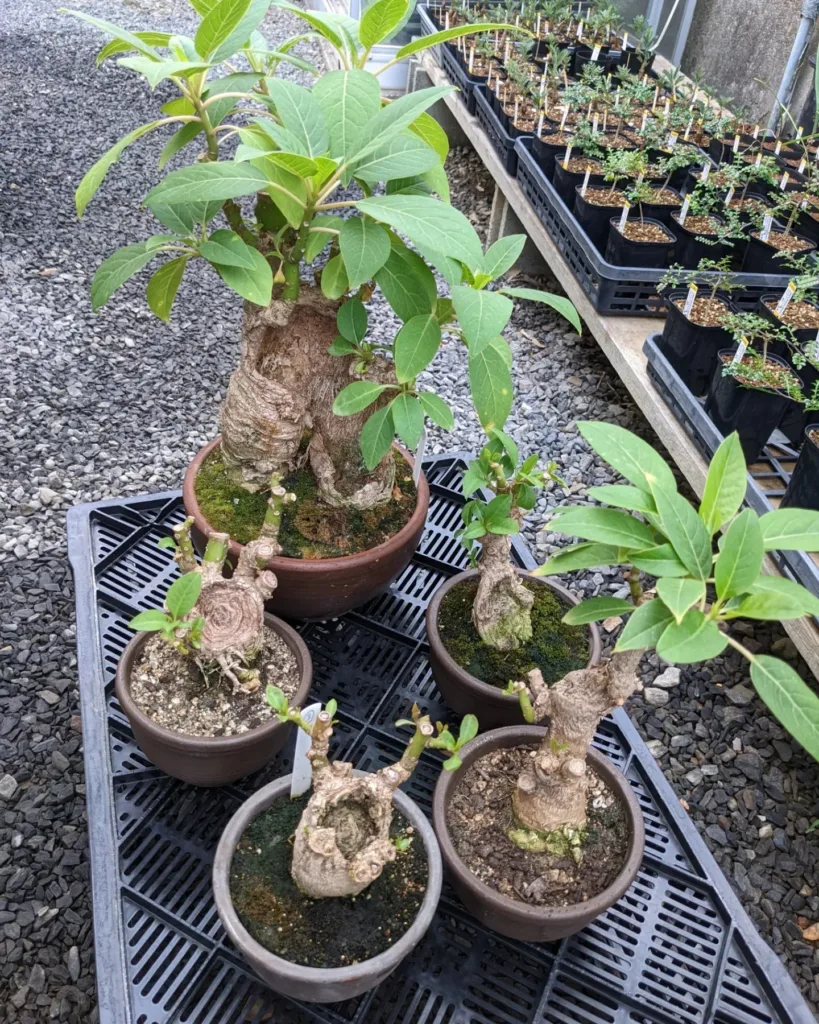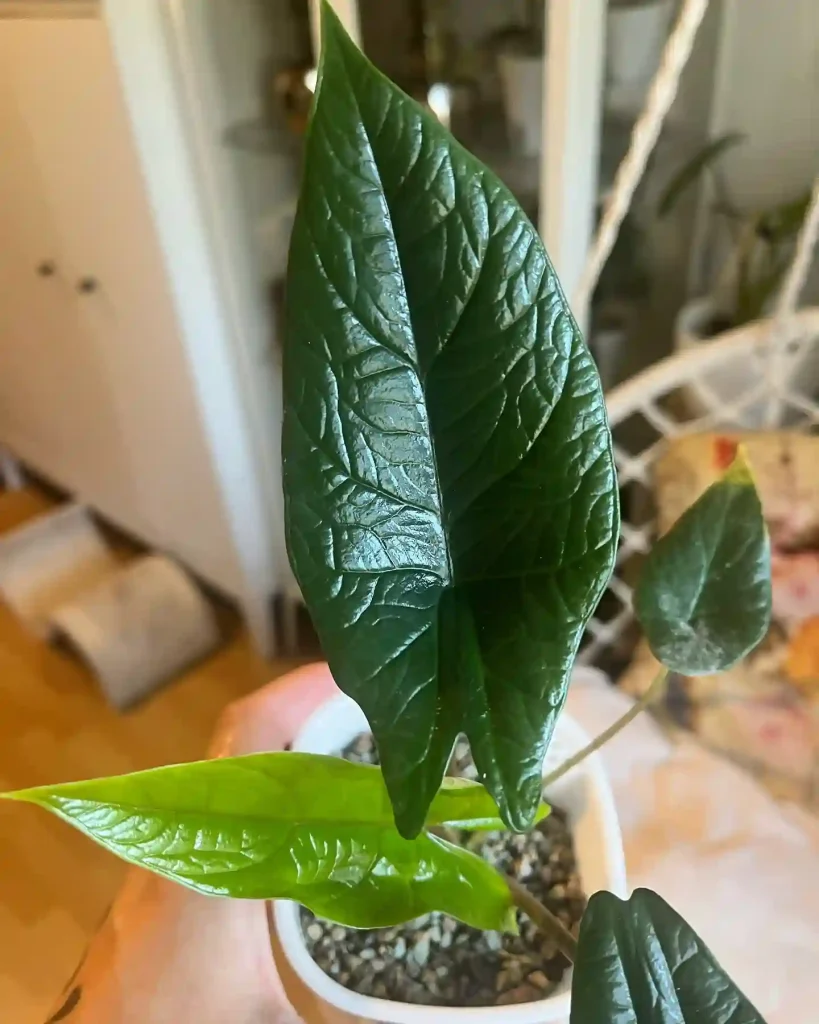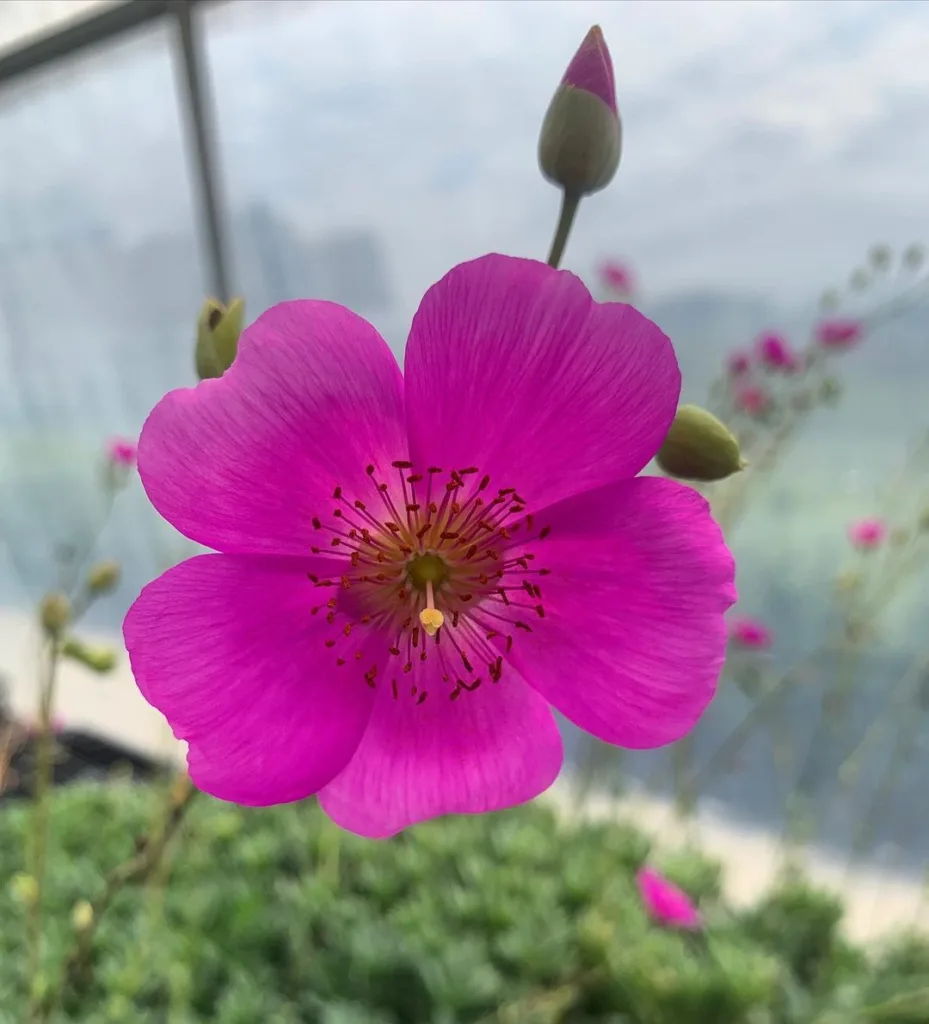Arctotis: A South African Beauty in My Garden
My name is Ferb Vu, and I’ve always been drawn to the vibrant colors and unique textures of South African flora. One genus that has particularly captured my attention is Arctotis, belong to the family Asteraceae. These cheerful flowers, with their striking resemblance to their namesake, bring a touch of the exotic to any garden. I’m captivated by their hardiness, their vibrant colors, and the way they seem to thrive in the harsh, sun-drenched conditions of their native land.
A Diverse Genus
The Arctotis genus encompasses a fascinating array of species, each with its own unique charm:
- Arctotis acaulis L.
- Arctotis acuminata K.Lewin
- Arctotis adpressa DC.
- Arctotis angustifolia L.
- Arctotis anneliseae R.J.McKenzie
- Arctotis arctotoides O.Hoffm.
- Arctotis argentea Thunb.
- Arctotis aspera L.
- Arctotis auriculata Jacq.
- Arctotis bellidiastrum (S.Moore) K.Lewin
- Arctotis bellidifolia P.J.Bergius
- Arctotis bolusii (S.Moore) K.Lewin
- Arctotis breviscapa Thunb.
- Arctotis campanulata DC.
- Arctotis canaliculata R.J.McKenzie
- Arctotis canescens DC.
- Arctotis caudata K.Lewin
- Arctotis chrysantha R.J.McKenzie
- Arctotis debensis R.J.McKenzie
- Arctotis decurrens Jacq.
- Arctotis diffusa Thunb.
- Arctotis dimorphocarpa R.J.McKenzie
- Arctotis discolor Beauverd
- Arctotis dregei Turcz.
- Arctotis elongata Thunb.
- Arctotis erosa Beauverd
- Arctotis fastuosa Jacq.
- Arctotis flaccida Jacq.
- Arctotis formosa Thunb.
- Arctotis fosteri N.E.Br.
- Arctotis frutescens Norl.
- Arctotis gazanioides R.J.McKenzie & Helme
- Arctotis glabrata Jacq.
- Arctotis glandulosa Thunb.
- Arctotis gowerae E.Phillips
- Arctotis gumbletonii Hook.f.
- Arctotis hirsuta Beauverd
- Arctotis hispidula Beauverd
- Arctotis incisa Thunb.
- Arctotis laciniata Lam.
- Arctotis lanceolata Harv.
- Arctotis leiocarpa Harv.
- Arctotis leucanthemoides Jacq.
- Arctotis linearis Thunb.
- Arctotis microcephala Beauverd
- Arctotis muricata Thunb.
- Arctotis namibiensis R.J.McKenzie & Mannh.
- Arctotis paniculata Jacq.
- Arctotis perfoliata Beauverd
- Arctotis pinnatifida Thunb.
- Arctotis pusilla DC.
- Arctotis reptans Jacq.
- Arctotis revoluta Jacq.
- Arctotis rogersii (S.Moore) K.Lewin
- Arctotis roodae Hutch.
- Arctotis rotundifolia K.Lewin
- Arctotis scabra Thunb.
- Arctotis schlechteri K.Lewin
- Arctotis schraderi (DC.) Beauverd
- Arctotis serpens (S.Moore) K.Lewin
- Arctotis setosa K.Lewin
- Arctotis spinulosa Jacq.
- Arctotis stoechadifolia P.J.Bergius
- Arctotis suffruticosa K.Lewin
- Arctotis sulcocarpa K.Lewin
- Arctotis tricolor Jacq.
- Arctotis venidioides DC.
- Arctotis venusta Norl.
- Arctotis verbascifolia Harv.
- Arctotis virgata Jacq.
Thriving in Adversity
One of the things I admire most about Arctotis is its resilience. These plants are native to the dry, stony slopes of South Africa, where they have adapted to thrive in harsh conditions. Their silvery foliage reflects sunlight, helping to conserve water, and their deep roots allow them to access moisture deep within the soil. This hardiness makes them an excellent choice for gardeners in arid climates or those looking for low-maintenance plants.
A Feast for the Senses
Arctotis is a true feast for the senses. Their bright, cheerful flowers bloom profusely from spring to fall, attracting a variety of pollinators like bees and butterflies. The flowers themselves come in a wide range of colors, from the purest white to the most vibrant orange and red. Many varieties also feature striking contrasting centers, adding to their visual appeal. In addition to their beauty, some Arctotis species also boast a subtle, pleasant fragrance.
Cultivating Arctotis
In my experience, Arctotis are relatively easy to cultivate. They prefer well-drained soil and a sunny location. Once established, they are quite drought-tolerant. Deadheading spent flowers encourages continued blooming and helps to maintain a tidy appearance. While they are generally pest-free, they can be susceptible to root rot in overly wet conditions.
A Symbol of Resilience
For me, Arctotis represents resilience, adaptability, and the ability to find beauty in unexpected places. These cheerful flowers thrive in adversity, bringing a touch of brightness to even the harshest environments. They remind me that beauty can be found anywhere, even in the most challenging of circumstances.
I encourage anyone interested in adding a touch of South African sunshine to their garden to consider Arctotis. These hardy, vibrant plants are sure to bring joy and beauty for years to come.
If i die, water my plants!



